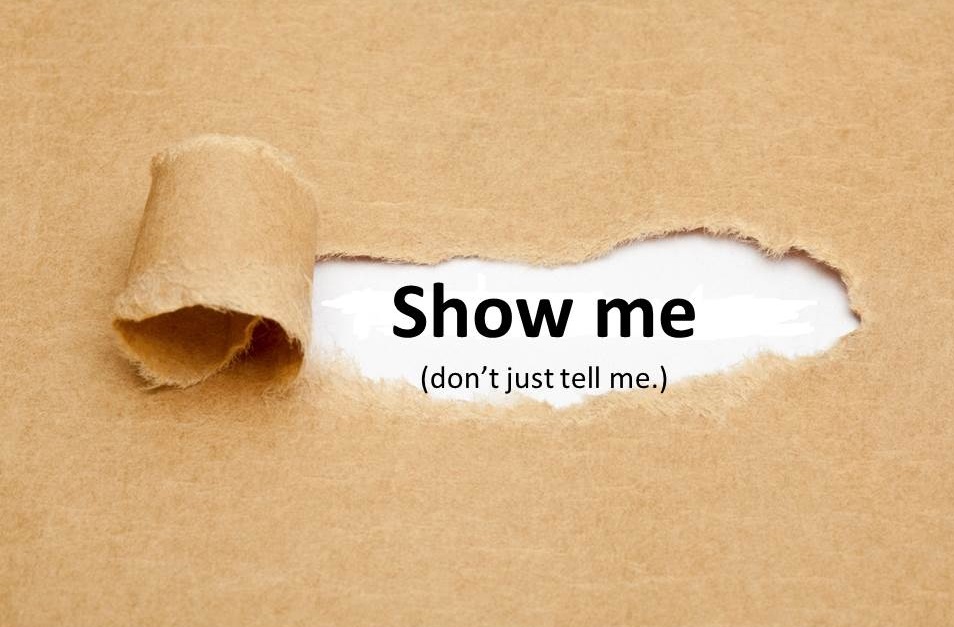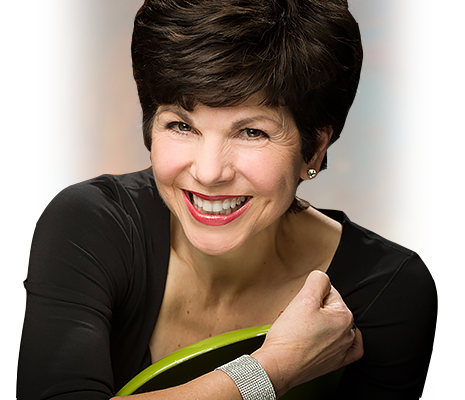 Last week I had the pleasure of working with talented engineering and financial professionals from Sikorsky Aircraft in West Palm Beach, Florida. While the weather station warned us continuously of the potential hazards looming from Hurricane Hermine, we were tucked away in a cozy hotel conference room trying to reduce the risks of death by PowerPoint, and to learn better ways to engage and motivate audiences to action in a two-day training class called Exceptional Presentation Skills (part of the Motivated Presenter coaching and training series from Kathy McAfee).
Last week I had the pleasure of working with talented engineering and financial professionals from Sikorsky Aircraft in West Palm Beach, Florida. While the weather station warned us continuously of the potential hazards looming from Hurricane Hermine, we were tucked away in a cozy hotel conference room trying to reduce the risks of death by PowerPoint, and to learn better ways to engage and motivate audiences to action in a two-day training class called Exceptional Presentation Skills (part of the Motivated Presenter coaching and training series from Kathy McAfee).
One of my favorite parts of this course is when we introduce the technique of using props in your presentations to help make your point while engaging the audience. I showed them the video clip below as an example of how they could use ordinary objects to help make complex ideas more understandable. Rather than telling them, you show them through the power of a creative demonstration.
In this video clip from the movie, The Martian, Rich, a brilliant young scientist, demonstrates his latest idea to the leaders of NASA. He has figured out a great solution to rescue stranded astronaut, Mark Watney (played by Matt Damon), from planet Mars.
The key point that I wanted to make by showing this video clip to the class was that as students of communication, they can observe and learn new presentation techniques from many different places, including movies, books, nature, NPR radio, and of course, watching other people’s presentations.
I then challenged them to find something in the meeting room that they could use to demonstrate a key point in their practice presentations. I gave them five minutes to pull it together (Now that’s thinking creatively on your feet!) Sitting in an open circle, they took turns practicing their presentations using one or more props to make their point. The creativity was inspiring, and the impact of their demonstrations on their peers was noteworthy. What props did they use? They demonstrated their key points using, variously, paper cups, ballpoint pens, empty juice bottles from the meeting snack table, coffee cups with lids on, spilled water, etc. I only wish we had video recorded it.
Here’s another example
There are some presentations that stand out so strongly that I will remember them for years to come. One such presentation was from a senior leader in the financial services industry who managed a division serving high net worth clients. During the presentation training class, he used his creativity to demonstrate his key point. His impact on his colleagues in the class was so strong, that I felt compelled to include his story in my new book, Stop Global Boring by Kathy McAfee. Below is an excerpt from Chapter 2:
Ben had shared his message many times before, but few
people were listening. Their body language seemed
to say, “yeah, yeah, yeah.” He knew he needed another
way to break through and communicate with them. He
decided to take a risk and do a creative demonstration.
Ben brought in two drinking glasses, two bottles of water,
and, curiously, a package of assorted food coloring. His
audience immediately took notice. He carefully squeezed
one drop of red dye into a glass, and one drop of blue dye
into the other glass.
As he slowly poured water into the glass with red dye,
he told a story about the bank’s high net-worth customers.
He filled the glass halfway, and explained that these customers
had a burden of tax liability. He filled the glass more and
explained how the new changes in tax law would add further
angst for these customers. He then set the glass aside. All
eyes fixed on the brilliant red water.
Ben picked up the glass with the blue dye, and placed
it strategically on the other side of the U-shaped table. He
poured water into the second glass and the color swirled to life. He
talked about the estate tax law changes and what problems
the changes would create for their customers.
Ben then did the unexpected. He brought both colored
water glasses—one red and one blue—to a circular table
in the middle of the room. He told his audience that their
job was to advise and assist their customers with these tax
challenges, and if they failed to do their jobs well, then—
Ben paused for effect, and then silently poured both
glasses of colored water into a larger empty glass. The red
and blue swirled together to create an unattractive, murky
brown color, and the audience responded with distaste.
Ben lowered his voice and completed the sentence, “Our
customers are left with quite a mess.” There were several
seconds of silence before the audience gave him thunderous
applause. Ben took his seat, knowing he had brought light
to an important situation. There was nothing more to say.
He brilliantly made his point.
So what’s the point?
If you want to bring your message to life and ensure that your audience really does “get your point,” then you may need to do more than just tell them. You may need to show them. Provide an effective demonstration.
Be visual. Be creative. Be engaging. And above all…..don’t be boring!

